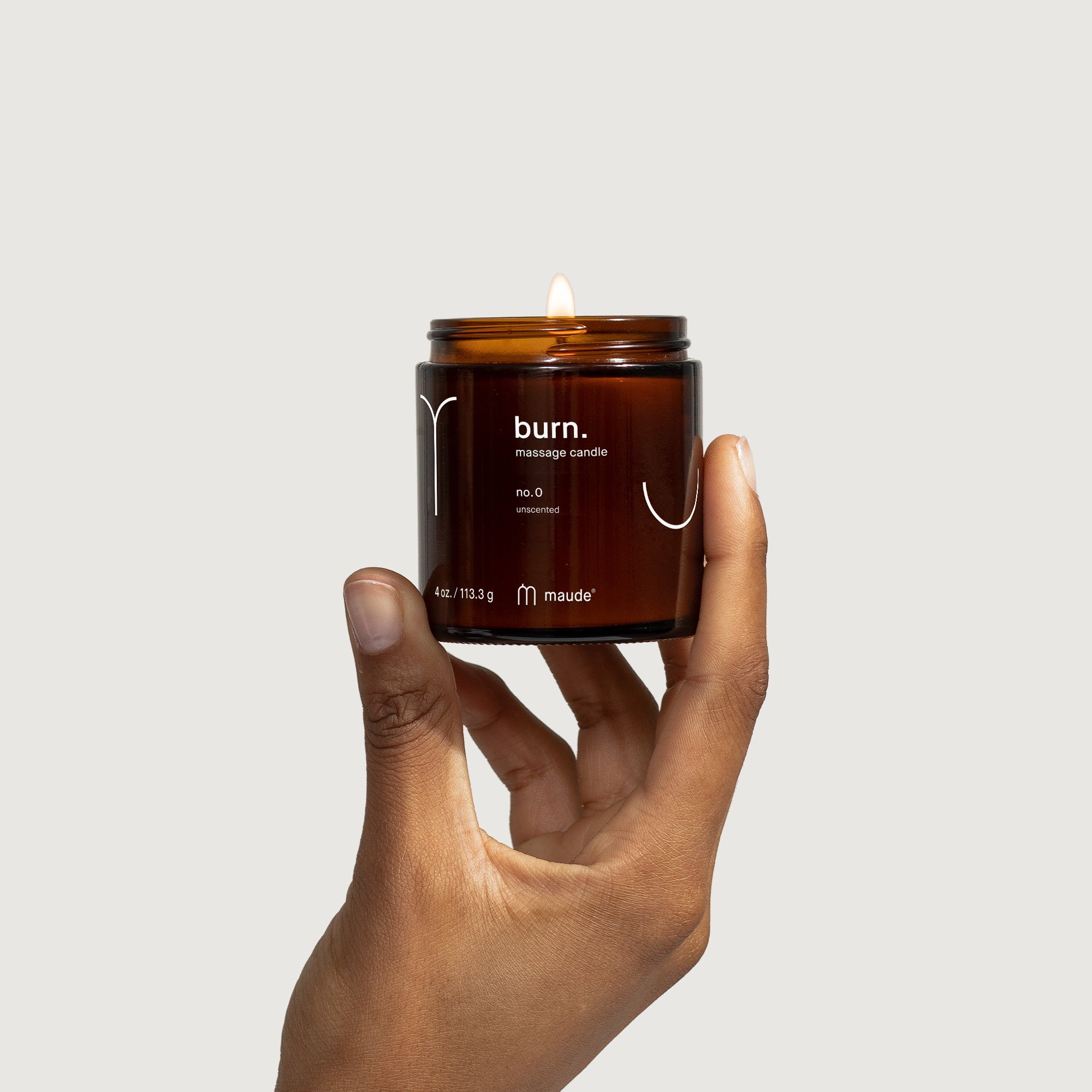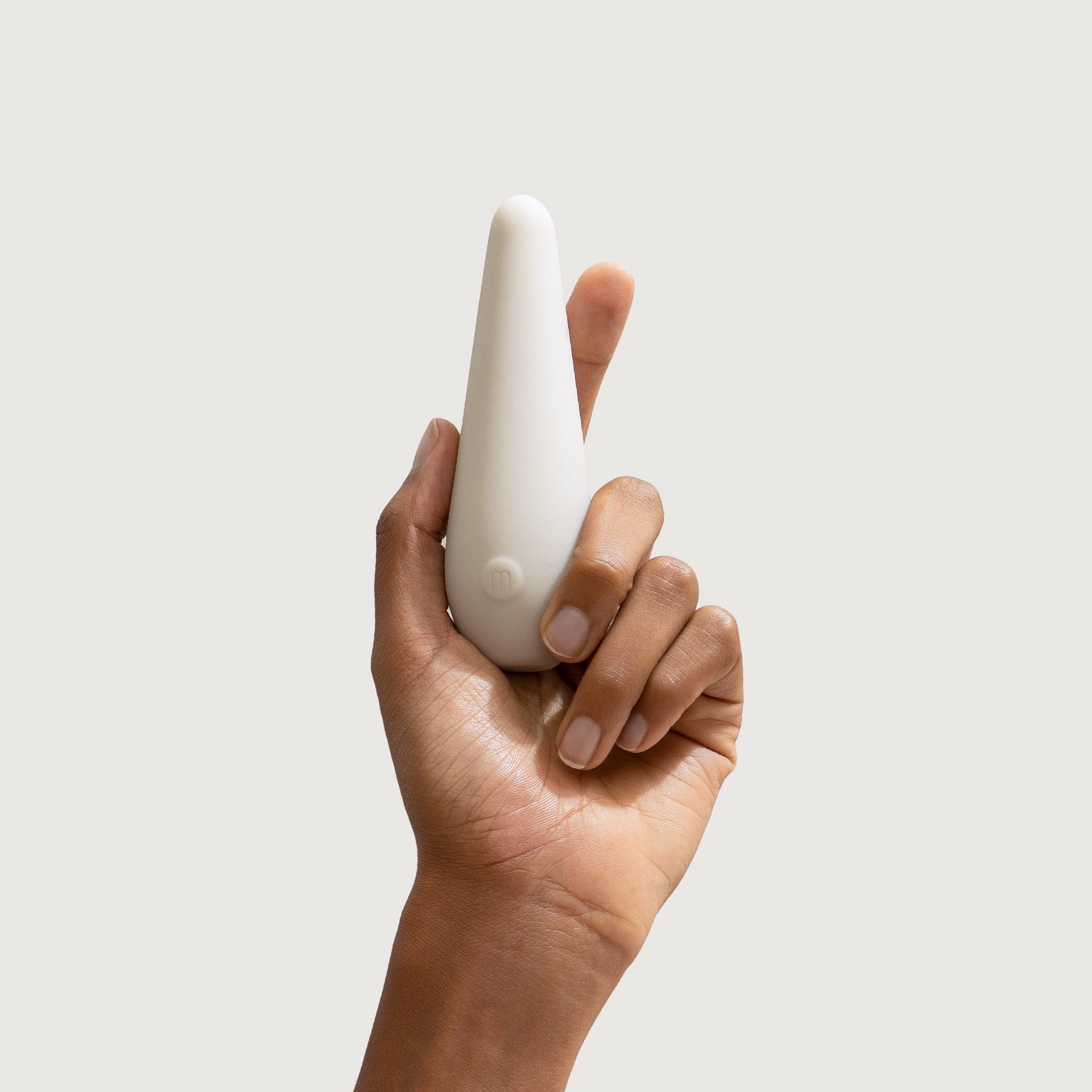The largest erogenous zone.

The brain and what happens when you are turned on.
It’s a complex business, being turned on, and science has thrown everything at it that it can. Scientists have used everything from thermal imaging to fMRI machines to positron emission tomography scans to examine exactly what is going on in your brain when that certain mood hits you.
What complicates this, of course, is that the inside of an fMRI machine is a pretty unsexy place. An x-ray of your arm is going to look the same whatever mood you’re in, but a brain scan will know the difference. Life finds a way, however – one study performed at Rutgers went for the simple solution of asking women to get inside a machine and masturbate, and found that around thirty different areas of the brain were stimulated during the experience.
When the noggin wants nookie
It sort of goes without saying, but the brain is incredibly complicated. Any statement that “part X does action Y and makes you feel feeling Z” is colossally reductive due to the staggeringly complex anatomy of the brain and the breathtaking amount of actions taking place at any given moment. That said...
The ventromedial prefrontal cortex (known as the vmPFC) is where it all begins, recognizing the appeal of a situation or stimulus through connection to the limbic system. The limbic system covers the hippocampus, amygdala, and hypothalamus, used in controlling emotions, memory, and arousal (in the general sense of awareness and perception, not just horniness).
The amygdala is incredibly instrumental in processing emotions both in terms of memory (helping to determine what is deemed important enough to remember or not) and motivation. The amygdala is also the brain’s fear center, which is possibly where riskiness and thrill-seeking can cross over with sexual arousal.
The mind-body connection
The vmPFC—which still doesn’t exactly roll off the tongue even when abbreviated—is also connected to all five senses and affects how focused we are on them. This is why, in certain frames of mind, the slightest of sensations can seem overwhelmingly intense.
Your brain is, of course, also connected to the rest of your body, and four different nerve systems are connecting the genitals to the brain. These engage in an enthusiastic back-and-forth – the brain triggers extra blood flow, which increases sensitivity, which leads to more nerve endings being stimulated, which lead back to the brain, and so on, back and forth until everyone involved is in quite a state.
Putting the “us” into “hypothalamus”
The hypothalamus releases the feel-good hormone dopamine, as well as the less-heralded norepinephrine (also released during stress and danger, interestingly, to focus attention and increase alertness) and oxytocin, sometimes nicknamed "the cuddle hormone", which increases feelings of bonding. Among other things, hormone releases can reduce the perception of pain.
As important as what happens within your brain is what doesn’t happen. Certain parts and functions slow down or shut down entirely. The lateral orbitofrontal cortex, for instance, is one of the most sensible parts of your brain, responsible for reason, decision making, and value judgments, and it slows to a crawl during sex. Ironically, when it comes to making rational decisions, there is no worse time than when you’re having a great time.





